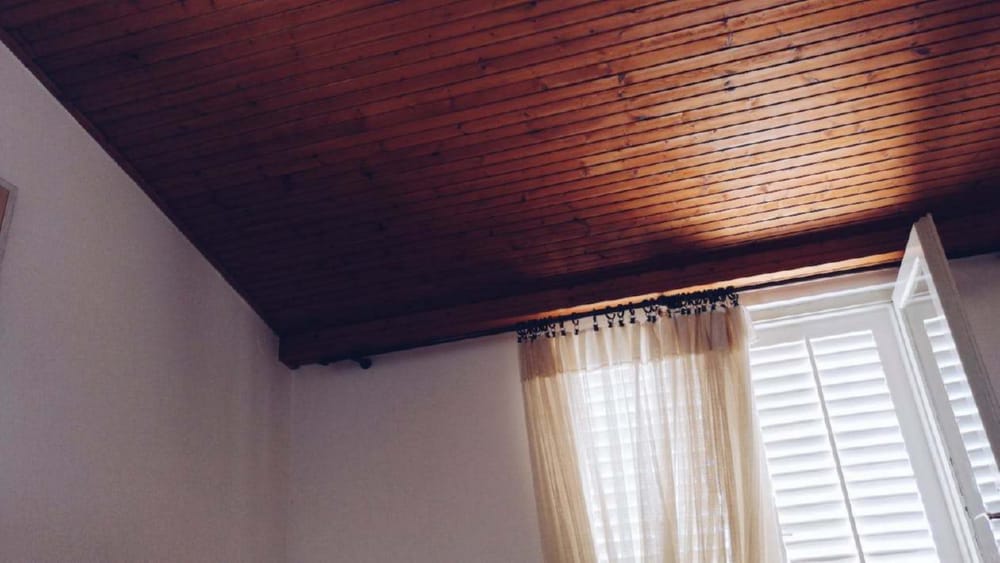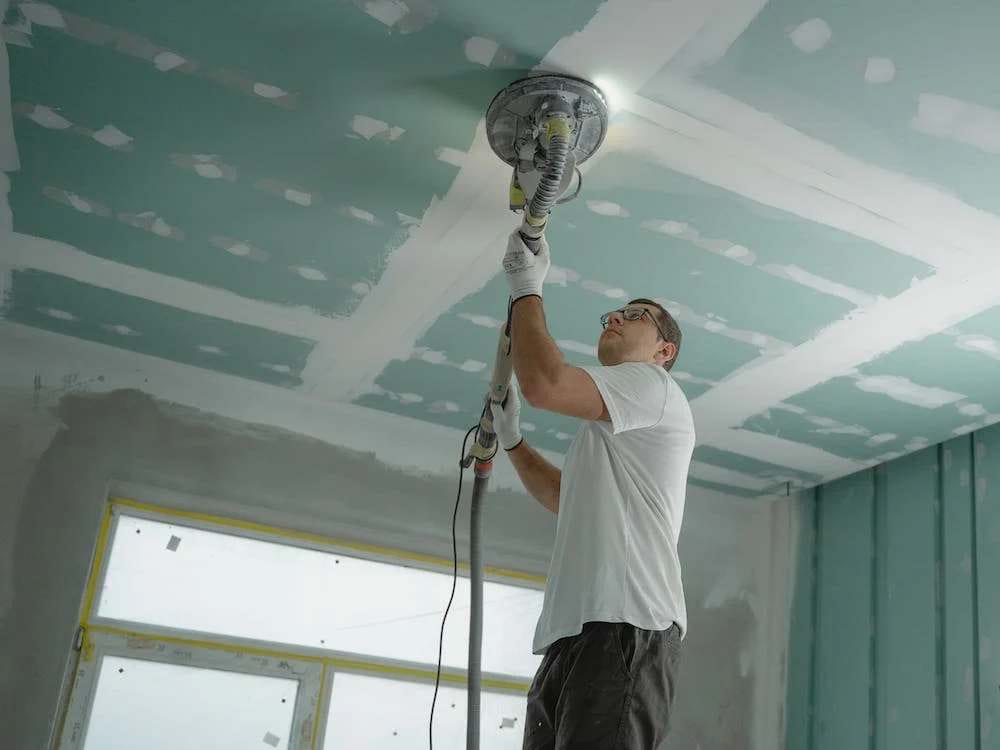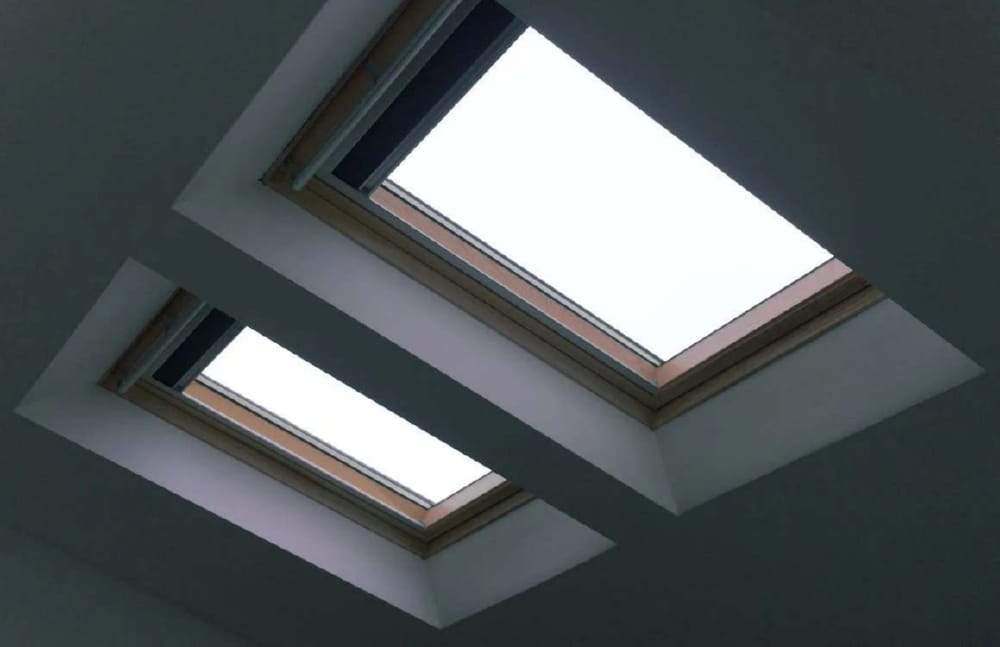Conventional ceilings, a staple in homes and buildings across the globe, offer more than just a structural boundary between floors. They play a pivotal role in the overall aesthetic, acoustics, and thermal insulation of a space. This guide aims to shed light on the various aspects of conventional ceilings, from their design and materials to their installation and maintenance.
Types of Conventional Ceilings
When it comes to designing or renovating a space, the choice of ceiling material can significantly influence both the aesthetic appeal and functional aspects of the room. Conventional ceilings can be constructed from a variety of materials, each offering unique benefits and characteristics. Here’s a closer look at some of the most common materials used in conventional ceiling designs and what makes each of them stand out.
Plaster
Plaster ceilings have a long history of use due to their durability and the smooth, seamless finish they provide. Applied wet over metal lath or boards, plaster dries to a hard, dense surface that can last for decades. It’s excellent for creating ornate moldings and decorative features, offering an elegant look to any interior. While plaster is known for its superior quality and soundproofing capabilities, it is more labor-intensive and costly compared to more modern materials.
Drywall
Drywall, or gypsum board, is the most prevalent material used in ceiling construction today, favored for its ease of installation and cost-effectiveness. It consists of a layer of gypsum sandwiched between two sheets of paper and can be cut to fit any space. Drywall provides a smooth, paintable surface and is relatively quick to install, making it a go-to choice for both residential and commercial projects. However, it’s less durable than plaster and can be susceptible to moisture and mold if not properly sealed.
Acoustic Tiles
Acoustic ceiling tiles are designed to improve the sound quality of a room by reducing noise levels. Made from materials like mineral fiber, fiberglass, or foam, these tiles are often used in offices, schools, and other environments where controlling sound is important. Acoustic tiles are installed in a grid system, allowing easy access to the space above for maintenance or repairs. They offer functional benefits but may lack the seamless aesthetic that other materials provide.
Wood
Wood ceilings add warmth and natural beauty to a space, creating a rustic or luxurious feel depending on the finish. Available in a variety of woods, from pine and cedar to exotic hardwoods, wood ceilings can be installed as planks, panels, or beams. They offer excellent insulation and can last a long time with proper care. However, wood can be expensive and requires maintenance to prevent warping, cracking, or other damage over time.
Metal
Metal ceilings, made from tin, aluminum, copper, or steel, offer a durable and fire-resistant option with a distinctive look. They can be stamped with intricate patterns for a decorative effect or left plain for a more industrial appearance. Metal ceilings are moisture and pest-resistant, making them suitable for both indoor and outdoor applications. While metal can be more costly and require special installation techniques, it provides a unique aesthetic that can complement a wide range of design styles.
Tips for Choosing Conventional Ceilings
Choosing the right conventional ceiling for your space can significantly impact both the look and feel of your room. Here are some practical tips to help guide your decision-making process:
- Consider the Room’s Purpose: Different rooms may have different requirements. For instance, a kitchen or bathroom might benefit from a moisture-resistant ceiling material like metal or specially treated drywall, while a bedroom might be better suited to a material that helps with sound insulation.
- Think About Height and Space: The height of your ceiling can influence your choice. Higher ceilings might be more suitable for decorative options like coffered or tray ceilings, which can add depth and interest without making the space feel crowded. In smaller rooms, a simple flat ceiling might help the space feel larger.
- Reflect on Maintenance and Durability: Some ceiling materials require more maintenance than others. Wood, for instance, may need regular treatment to prevent warping or rot, whereas materials like metal or certain types of tiles are more durable and easier to clean.
- Evaluate Installation Requirements: The complexity of the installation process can vary widely between materials. Consider whether you’re planning a DIY project or if professional installation is needed. This can affect both your budget and timeline.
- Budget Considerations: The cost of ceiling materials and installation can vary significantly. Set a budget beforehand and research which materials and designs fit within your financial plan without compromising on quality.
- Aesthetic Preferences: Your ceiling should complement the overall design aesthetic of your room. Consider the color, texture, and style of the ceiling material and how it will harmonize with the rest of your decor.
- Energy Efficiency: Some ceiling materials can improve energy efficiency by providing additional insulation. If energy conservation is a priority, consider materials that can help maintain temperature and reduce energy costs.
- Lighting Integration: Think about how ceiling choices might affect lighting. For instance, a flat ceiling might be best if you’re planning to install recessed lighting, while decorative ceilings might require more strategic lighting solutions.
By keeping these tips in mind, you can make an informed decision that balances functionality, style, and budget, ensuring that your conventional ceiling enhances your space in every way possible.
Tips for Maintaining and Repairing Conventional Ceilings
Maintaining and repairing conventional ceilings is crucial to preserve the aesthetic appeal and structural integrity of your space. Here are some practical tips to keep your ceilings in top condition:
- Regular Inspection: Periodically check your ceiling for signs of damage, such as cracks, water stains, or peeling paint. Early detection of these issues can prevent more significant problems down the line.
- Promptly Address Water Damage: If you notice water stains, investigate and repair the source of the leak immediately. Water damage can weaken the structural integrity of the ceiling and lead to mold growth. After fixing the leak, dry the affected area thoroughly before repairing the ceiling.
- Seal Cracks and Holes: Small cracks and holes can be easily filled with spackle or joint compound. Once the filler is dry, sand the area smooth and apply a coat of paint to match the rest of the ceiling.
- Keep It Clean: Dust and cobwebs can accumulate on ceilings, especially in corners and around light fixtures. Use a soft brush or vacuum with a dusting attachment to gently clean the surface without causing damage.
- Repaint Periodically: Over time, ceilings can become discolored or stained. A fresh coat of paint can revitalize the look of your room. Use a flat or matte finish paint to hide minor imperfections on the ceiling’s surface.
- Be Mindful of Weight: When hanging decorations or light fixtures from the ceiling, ensure that the ceiling structure can support the weight. Overloading the ceiling can cause structural damage.
- Use Caution with Popcorn Ceilings: If your home has popcorn ceilings, be cautious when cleaning or repairing them, as they can contain asbestos, especially in older homes. If you suspect asbestos, consult a professional before proceeding with any work.
- Professional Help for Major Repairs: For significant damage, such as large holes or structural issues, it’s best to seek professional assistance. Ceiling repairs can require specialized knowledge and tools to ensure they are done safely and effectively.
By following these tips, you can extend the life of your conventional ceilings and keep them looking their best for years to come. Regular maintenance and timely repairs not only enhance the visual appeal of your space but also contribute to the overall well-being of your home.
Conclusion
In conclusion, conventional ceilings play a crucial role in the design and functionality of our living spaces, affecting everything from the overall aesthetic to the acoustic and thermal performance of a room. Understanding the types of conventional ceilings, the materials they can be made from, and how to choose, maintain, and repair them is essential for homeowners, builders, and designers alike.





